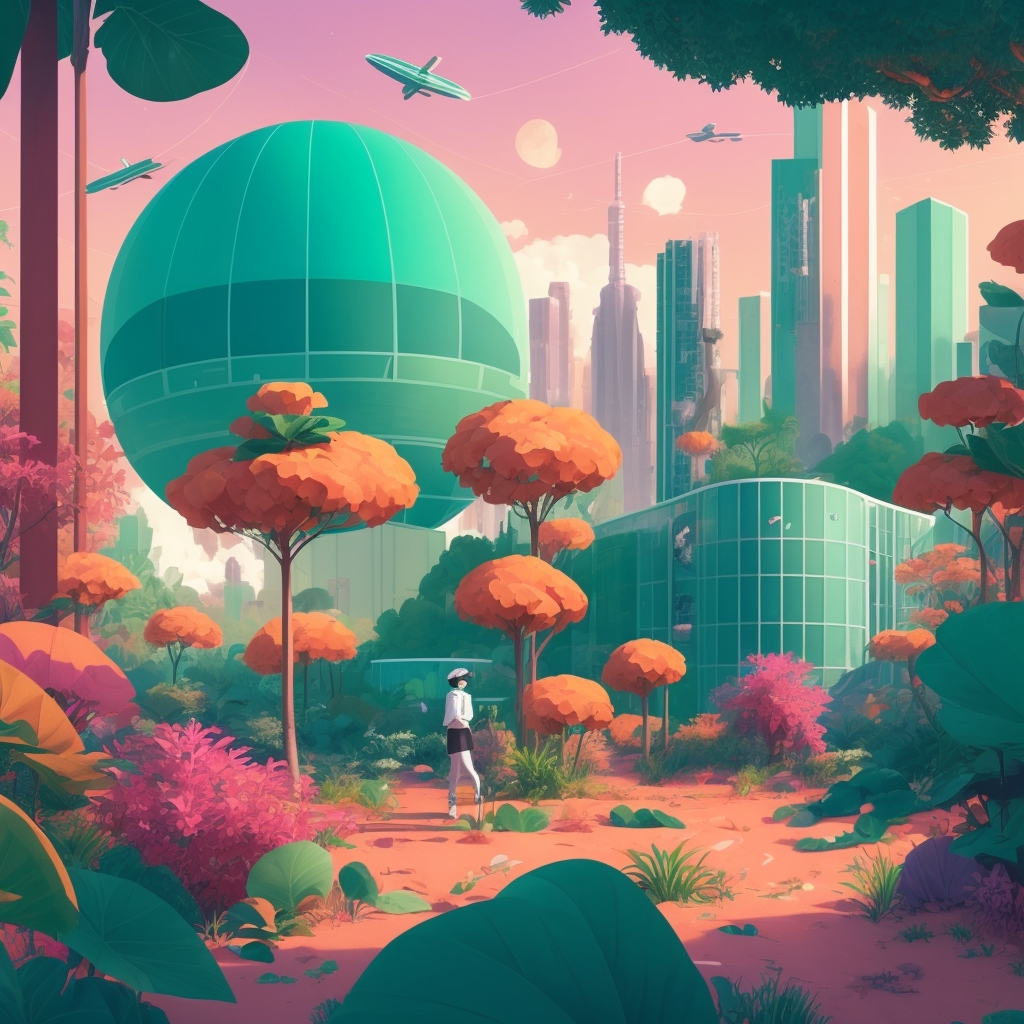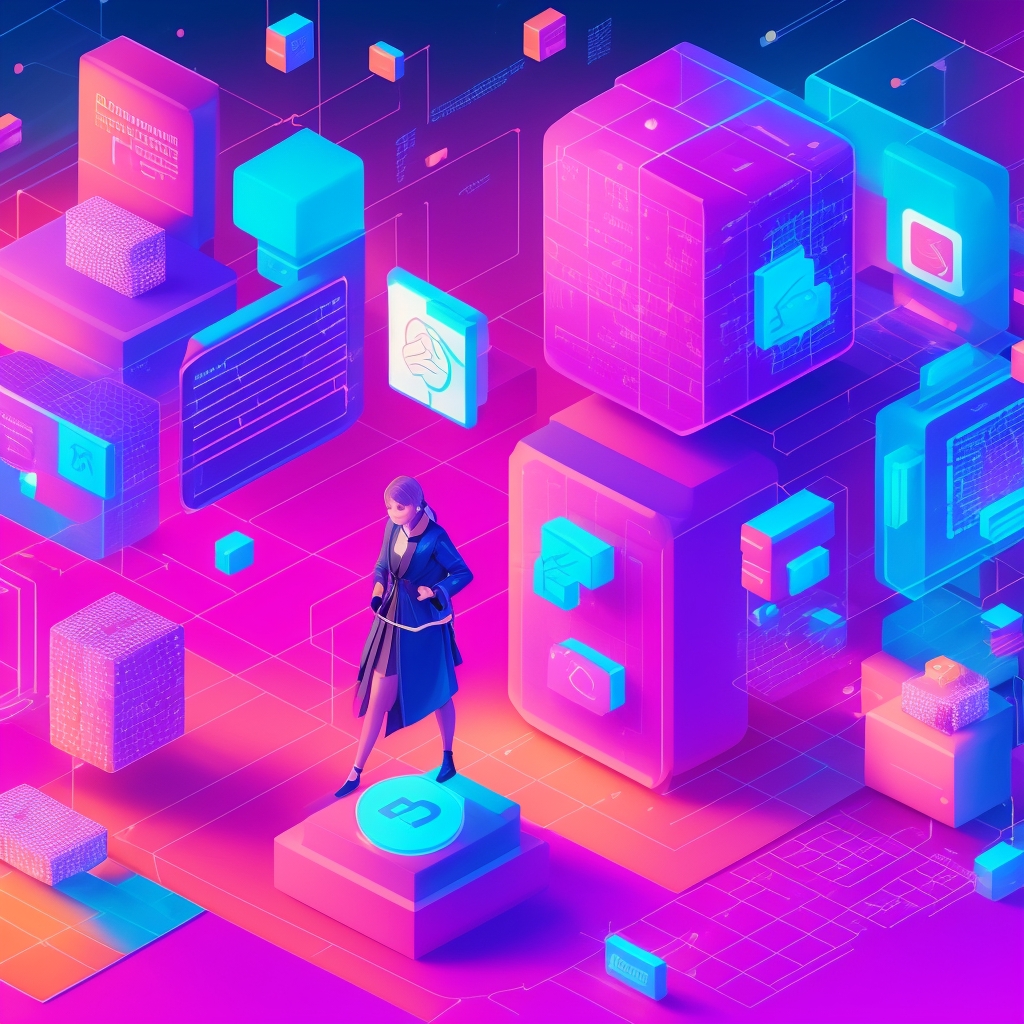As 2025 unfolds, the world faces unprecedented environmental challenges. Green technologies, also known as clean technologies, are playing a crucial role in the pursuit of sustainable development. These innovations, ranging from renewable energy to sustainable agriculture, offer promising solutions to reduce carbon footprints, preserve biodiversity, and ensure environmentally responsible economic growth. This article explores how green technologies are shaping sustainable development in 2025, highlighting their societal and environmental impact.
Renewable Energy: The Pillar of Sustainable Development
Transition to Clean Energy Sources
Renewable energy is at the heart of green technologies. In 2025, the widespread adoption of solar, wind, and hydroelectric power has significantly reduced reliance on fossil fuels. Technological advancements in energy storage, particularly with lithium-ion batteries and hydrogen, now help overcome the intermittency of renewable sources and ensure a stable energy supply.
Innovations in Storage and Distribution
With the emergence of smart grids, energy distribution has become more efficient and resilient. These grids use digital technologies to optimize consumption and distribution, thereby reducing energy losses. Furthermore, the integration of electric vehicles into the grid offers additional flexibility and contributes to a successful energy transition.
Sustainable Agriculture: Feeding the Planet Without Destroying It
Eco-Friendly Agricultural Practices
Sustainable agriculture is essential for ensuring food security while minimizing environmental impact. In 2025, green technologies are integrated into farming through practices such as precision agriculture, which uses sensors and drones to optimize water and fertilizer use. This data-driven approach helps farmers make informed decisions, reducing waste and improving yields.
The Role of Artificial Intelligence and Biotechnology
Artificial intelligence (AI) and biotechnology play a key role in improving agricultural yields. AI algorithms analyze climate and soil data to offer crop recommendations, while advancements in biotechnology allow for the development of crop varieties resistant to diseases and extreme weather conditions. This means more resilient food systems and reduced reliance on harmful pesticides.
Green Construction: Building a Sustainable Future
Innovative Materials and Construction Techniques
Green construction aims to reduce the carbon footprint of buildings. In 2025, sustainable building materials such as low-carbon concrete and cross-laminated timber are widely used. These materials not only offer environmental benefits but also improve the energy efficiency of buildings.
Integration of Smart Technologies
Smart buildings are equipped with automated systems that optimize energy consumption. Sensors and IoT (Internet of Things) technologies control heating, ventilation, and air conditioning systems to maximize energy efficiency and reduce costs. This leads to healthier indoor environments and significant long-term savings.
Concrete Examples and Use Cases
Masdar City Project in Abu Dhabi
Masdar City, a model for sustainable urban development, integrates green technologies into every aspect of its infrastructure. Powered primarily by solar energy, the city uses autonomous electric vehicles to reduce CO2 emissions and features buildings designed to minimize energy consumption. It’s a living laboratory for sustainable urban living.
Singapore’s Vertical Farms
Singapore has invested in vertical farms to address its limited agricultural land. These facilities use hydroponics and LED lighting systems to grow vegetables sustainably, significantly reducing reliance on food imports. This innovative approach demonstrates how technology can overcome geographical limitations in food production.
Key Points and Best Practices
- Embrace Renewable Energy Sources: Prioritize the installation of solar and wind systems to reduce reliance on fossil fuels. This transition is crucial for mitigating climate change.
- Optimize Energy Efficiency: Integrate smart technologies into buildings and grids to maximize energy efficiency. This leads to reduced operational costs and a smaller environmental footprint.
- Invest in Sustainable Agriculture: Utilize precision technologies and eco-friendly practices to improve yields while preserving natural resources. This ensures food security for a growing global population.
- Educate and Raise Awareness: Promote education on green technologies to encourage their widespread adoption. Public understanding and support are vital for a successful transition to a sustainable future.
- Foster Collaboration: Encourage partnerships between governments, businesses, and research institutions to accelerate innovation and deployment of green technologies.
FAQ
What is a green technology?
A green technology is an innovation designed to reduce environmental impact compared to traditional technologies. It includes solutions in energy, agriculture, construction, and more.
How do green technologies contribute to sustainable development?
Green technologies contribute to sustainable development by reducing greenhouse gas emissions, preserving natural resources, and promoting viable economic practices that consider the long-term well-being of the planet and its inhabitants.
What are the challenges associated with adopting green technologies?
Key challenges include high initial costs, resistance to change from established industries, and the need for supportive government policies and incentives to encourage their widespread adoption.
Why is sustainable agriculture important?
Sustainable agriculture is crucial for ensuring global food security while minimizing environmental impact, preserving biodiversity, and efficiently utilizing resources. It’s about feeding the world without depleting its natural capital.
What is a smart building?
A smart building uses connected technologies and automated systems to optimize energy use, enhance occupant comfort, and reduce operational costs. These buildings are often equipped with sensors and IoT devices to gather data and make intelligent adjustments.
Conclusion
In 2025, green technologies are a fundamental driver of sustainable development. They enable us to address environmental challenges while supporting sustainable economic growth. By adopting more environmentally friendly energy, agricultural, and construction practices, we can not only preserve our planet for future generations but also create innovative economic opportunities. The future of sustainable development hinges on the continuous integration and innovation in green technologies.







